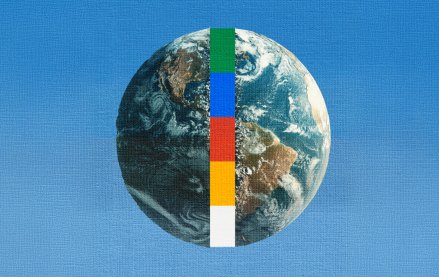Connect with execs from The New York Times, TIME, Dotdash Meredith and many more

There’s much debate over just what “native advertising” means. Talk to enough publishers, however, you’ll find agreement on one thing: it isn’t banner ads.
The banner ad is now 18 years old. It has become a symbol of all that’s wrong with online advertising. It is more often than not devoid of creativity; it stands out as an intruder on webpages; and it is mostly ignored by readers.
And yet it continues to be a bulwark of the online advertising system. Many publishers would like to change that. (See Buzzfeed cobbling together a network of like-minded sites to run its sponsored content posts.) Here are 10 facts about banners that might make you wonder if there’s got to be a better way.
1. Over 5.3 trillion display ads were served to U.S. users last year. (ComScore)
2. That’s 1 trillion more than 2009. (ComScore)
3. The typical Internet user is served 1,707 banner ads per month. (Comscore)
4. Click-through rates are .1 percent. (DoubleClick)
5. The 468 x 60 banner has a .04 percent click rate. (DoubleClick)
6. An estimated 31 percent of ad impressions can’t be viewed by users. (Comscore)
7. The display advertising Lumascape has 318 logos. (Luma Partners)
8. 8 percent of Internet users account for 85 percent of clicks. (ComScore)
9. Up to 50 percent of clicks on mobile banner ads are accidental. (GoldSpot Media)
10. Mobile CPMs are 75 cents. (Kleiner Perkins)
11. You’re more likely to survive a plane crash than click a banner ad. (Solve Media)
12. 15 percent of people trust banner ads completely or somewhat, compared to 29 percent for TV ads. (eMarketer)
13. 34 percent don’t trust banner ads at all or much, compared to 26 percent for magazine ads. (eMarketer)
14. 25-34-year olds see 2,094 banner ads per month. (ComScore)
15. 445 different advertisers delivered more than a billion banner ads in 2012. (ComScore)
Image via Shutterstock
More in Media

Google’s latest core update leaves publishers rattled, but its consequences are still to be determined
Publishers told Digiday that unlike the March Google core update, the latest one was the more typical nail-biting rollercoaster.

In creator marketing, loose disclosures are finally catching up
Due to the widespread nature of creators’ FTC disclosure violations, there are no hard numbers regarding the rise or overall amount of undisclosed brand deals. But both creators and marketers said that they had observed a significant uptick in this activity across both genres and platforms.

Media Briefing: New AI-focused roles signal an evolution of AI strategy at news publishers
New promotions to AI-focused roles at The Washington Post and Forbes signal a turning point in how publishers view and operationalize AI.





